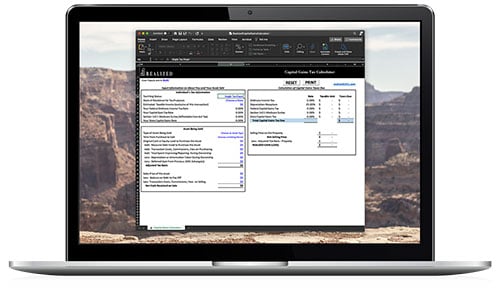
For investment property owners, understanding the nuances of capital gains taxes is crucial for effective financial planning. Two important concepts in this regard are the "Step-Up in Basis" and "Carryover Basis." Each has a significant impact on how capital gains are calculated, especially when it comes to estate planning and asset transfers. Let's delve into these terms to better understand their implications.
Step-Up in Basis
A step-up in basis is a tax benefit that applies to the transfer of property upon an owner's death. Essentially, this provision allows the inherited asset's basis to be adjusted to its fair market value at the time of the original owner's death, rather than its original purchase price. This adjustment can substantially reduce or even eliminate the capital gains tax liabilities for heirs when they decide to sell the inherited asset.
For example, consider a real estate property purchased for $400,000 that appreciates to $700,000 at the time of the owner's death. If the heirs decide to sell the property at this new market value immediately, they would incur no capital gains tax. However, if the property continues to appreciate, say to $750,000, the heirs would only pay capital gains tax on the $50,000 gain since the inheritance, rather than the entire $350,000 that it appreciated over the owner's lifetime.
Carryover Basis
In contrast, the carryover basis is the tax basis that is transferred from the original asset holder to the recipient, typically through gifting during the owner’s lifetime. Unlike the step-up in basis, the carryover basis does not reset to the market value at the time of the gift. Instead, the recipient inherits the donor's original basis, along with any potential capital gains liability that has accumulated.
This means if the property was originally purchased for $400,000 and appreciated to $700,000 by the time it is gifted, the recipient assumes the $400,000 basis. Should they choose to sell at the current market price, they will face capital gains taxes on the $300,000 appreciation since the original purchase.
Implications for Estate Planning
For investment property owners, the choice between strategies involving step-up or carryover basis can have profound tax implications. The step-up in basis is often favored in estate planning, allowing heirs to benefit from reduced tax liabilities. However, it is worth noting that not all assets qualify for this treatment. Real estate, stocks, and most other investment properties typically receive a step-up in basis, whereas tax-deferred accounts like IRAs do not.
On the other hand, the carryover basis can be strategically used for gifting during the donor's lifetime, but it requires careful consideration of future tax liabilities for the recipient. This approach may be beneficial when intending to transfer wealth without waiting for estate proceedings.
Conclusion
Understanding the difference between a step-up in basis and a carryover basis is essential for investment property owners to navigate the complexities of capital gains taxes effectively. By planning strategically around these concepts, property owners can optimize their estate plans, ensuring smoother asset transfer processes and potential tax efficiencies for their heirs. As such, working with estate planning professionals is advisable to maximize potential benefits and minimize liabilities in real estate investments.


